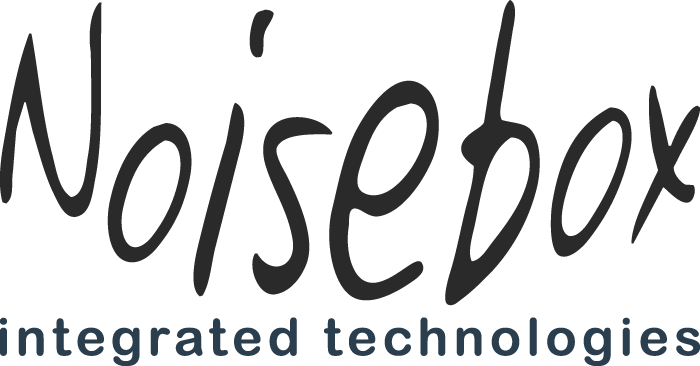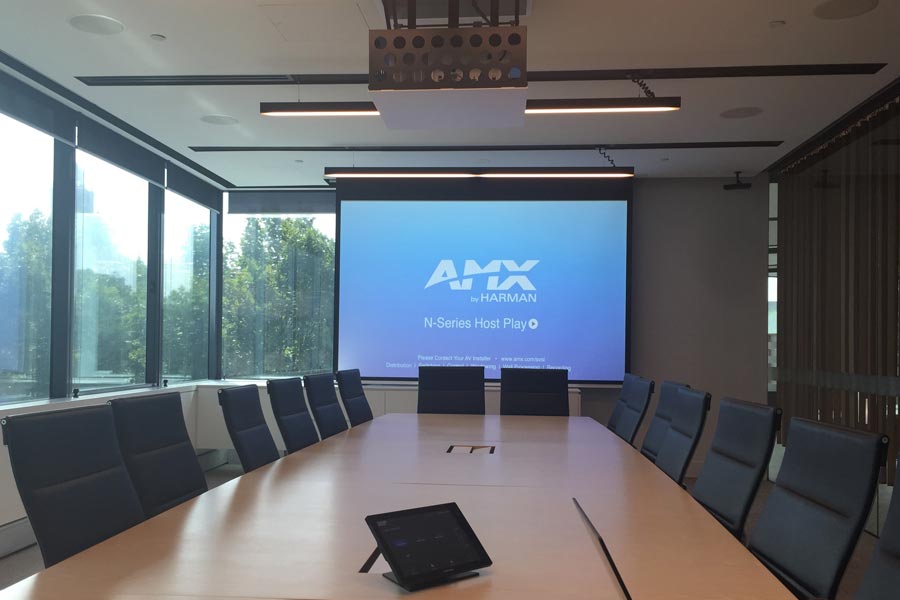One criterion featuring more often is the call for a “clutter-free environment “, In the case of formal meeting spaces this means ‘nothing permanently located on the table’.
This situation presents specific challenges for the AV integrator, if video presentation can be achieved using a myriad of wireless presentation tools with exceptional results, what are the options for audio capture.
There is an unambiguous technical outcome to pursue and that is – “voice box next to voice coil” (electrical coils are the sound capturing component of all microphones).
Let’s take the average Boardroom room or exec meeting space, typically it is going to be a room that makes an architectural statement about the business, highly polished table surfaces, art installations, light fittings, tiled floors and the design cherry on the top, lots of glass featuring water views. Couple this with the clutter-free design specification and you get an acoustic armageddon!
The most obvious solution for audio capture is to wack in a couple of ceiling microphones! The problem with that solution is, ceiling microphones generally have an Omni direction pick up pattern, some direct the capture lobe downwards, however, the distance from the active speaker could not be considered within close proximity.
A ceiling microphone will not just pick up the active speaker but will also capture how that speaker sounds in the room. If you think of the sound in terms of a wave created when you drop a rock into a pond, the pebble creates an initial wave then secondary waves after that as the waves bounce off anything solid such as the bank or a log.
In a Boardroom, the active speaker is that pebble and the walls, ceiling and floor are the solid surfaces. So the ceiling microphone will collect the first wave and then the reflections or the repeated waves, these repeated waves are commonly referred to as resonance or reverberance and while that’s great for the amateur singer in the shower it is the worst outcome for an audio or video conference.
Solution – Wireless table microphones
When the technology matures we all breathe a sigh of relief and this particular AV technology definitely falls into that category. The benefit of wireless microphones is their ability to be absolutely flexible in their deployment and performance within a meeting room. They present a clutter-free solution and unlike the ‘in table’ microphone, they can be placed at any position around the table depending upon the number of participants.
In terms of signal processing, most radio microphone solutions digitise the audio onto a single channel, making it incredibly easy to instal and interface with a variety of phone connections and Video Conferencing devices. The microphones come in a couple of models including – a PZM or perimeter zone model, ideal for group capture, the gooseneck version ideal for the Chairman or a single user as the pick-up area is narrower and finally the lapel microphone which is great for long sessions when the speaker wants to do a few laps around the room.
In meeting events engaging remote participants the audio component is the single most important element. This technology is robust and proven to work really well.

